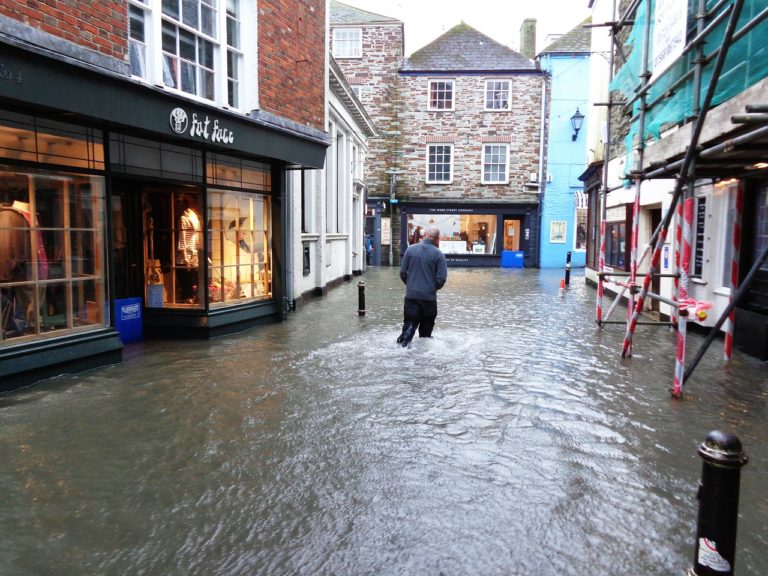Flood damage is becoming ever more common. Ireland has just emerged from one of its wettest winters in over 300 years according to UK Meteorological Data released by Met Eireann, and with unprecedented amounts of rainfall, widespread flooding, and climate change progressing at an alarming rate, the outlook is bleak for Irish homeowners, particularly those living in flood risk areas.
In fact, in a study published in The Lancet Planetary Health Journal in 2017, it was revealed that two in three European citizens would be affected by a weather-related disaster by 2100, with residents living in coastal flood-prone areas of Ireland considered most at risk.
While those living at higher ground may think that they are safe from flood damage, water damage can happen anywhere, and if you are not covered under your home insurance policy, it could cost you dearly.
Home Flooding: Plan, Prepare, Protect
Flooding is unpredictable, and in most instances, unavoidable, and so it can be catastrophic for homeowners living in at risk areas. While your local authorities are ultimately responsible for building adequate flood defences, there are things you can do yourself to prevent flood damage and protect your investment, including:
- Checking the CFRAM (Catchment Flood Risk Assessment and Management) Programme to find out if you are living in an at-risk area.
- If you do live in a flood zone, read the OPW (Office of Public Works) Flooding Booklet issued by the Irish Government for useful tips on how to plan, prepare and protect your home.
- Making a Flood Plan, so that you can act quickly in the event of a flood alert. This should include things like building flood protection walls (sandbags), moving furniture and electronical devices to an upper floor, sourcing a parking place for your car on higher ground etc.
- Regularly checking with Met Eireann for flood alerts and warnings.
- Taking out a comprehensive home insurance policy that covers both your home and its contents in the event of flood/water damage.
Does My Home Insurance Policy Cover Flood Damage?
No two home insurance policies are the same, and so it is essential that you get professional advice from a local insurance broker if you live in a flood risk area. While many home insurance plans do include flood damage, some only cover structural damage to your property and not the contents of your home, and so it is important that you read the small print to find out just how much flood damage cover you have in place.
If you do live in a high flood risk area, you can expect to pay more for a home insurance policy with flood protection, and you may be subjected to a larger excess than those living in low risk areas, but when you consider just how much damage flooding can do to a property (not to mention the contents inside), it’s a small price to pay for peace of mind.
Flood Zone Blacklist
Ireland’s flood bill is believed to have exceeded €100 million in 2017, and with ongoing threats of storms such as Ophelia, which devastated many parts of the country in autumn last year, insurance companies have created a ‘Flood Blacklist’ to prevent further claims.
So, what does this mean for Irish home and business owners? Well, simply put, if you reside in an area that was previously flooded, or is now considered a high risk flood area, you could be refused flood cover when it comes to renewing your home insurance policy. If you are concerned that this may apply to you, seek the professional advice of a local insurance broker.
Your Mortgage & Home Insurance in Flood Risk Areas
If you are considering buying a property in a flood risk area, you should speak to your home insurance broker first. While the Irish Government is working on a new law to force insurance firms to provide cover in at risk areas, they are under no such obligation to do so at the moment, and many insurance companies simply refuse to offer cover on homes that have been flooded in the past.
If you are unable to secure home insurance on the property you wish to purchase, you could face issues when applying for a mortgage. In Ireland, mortgage lenders require that you have both Life Assurance and Buildings Insurance in place before they will even consider your application, so keep this in mind when considering flood risk options.

